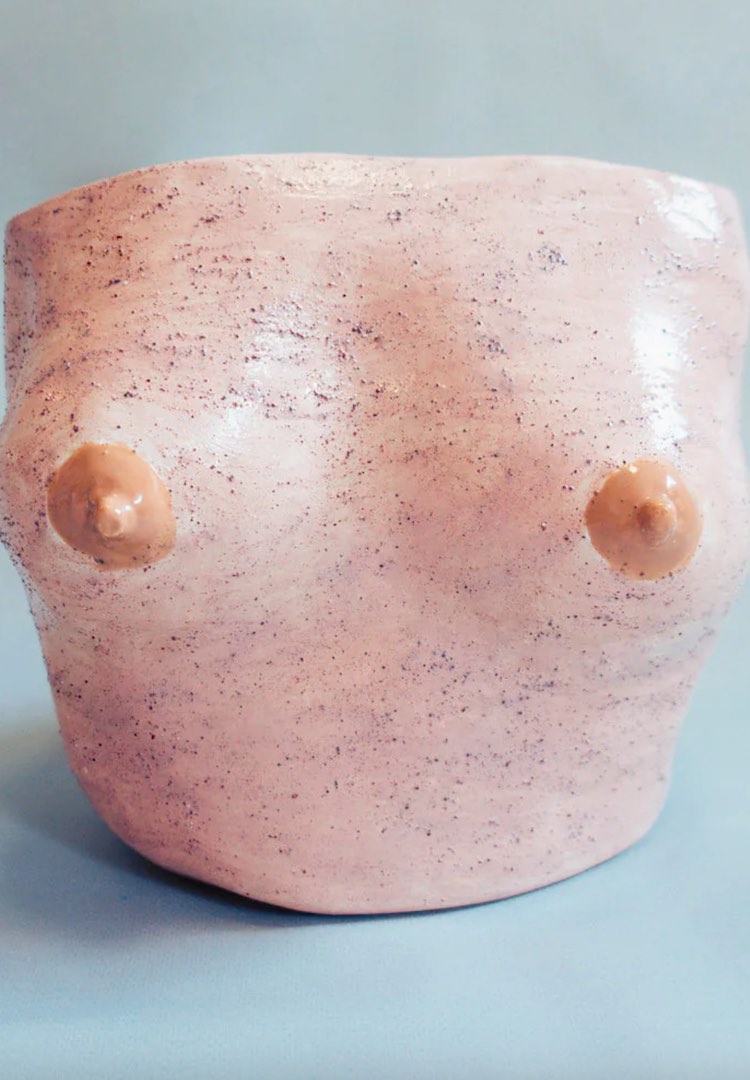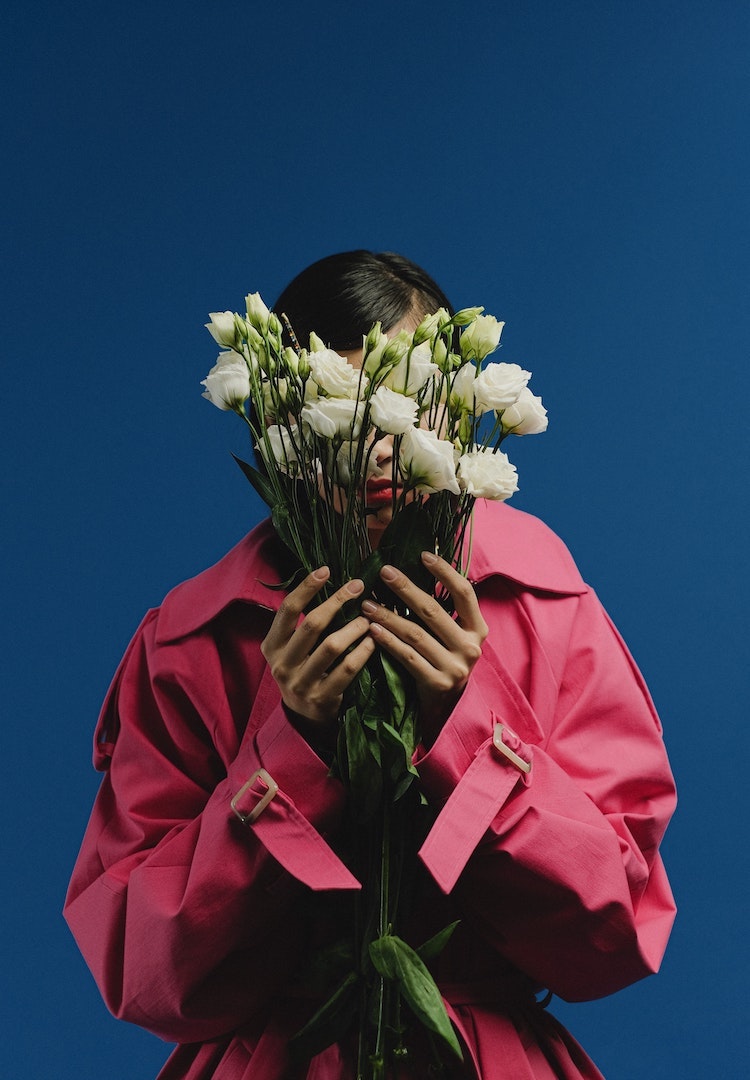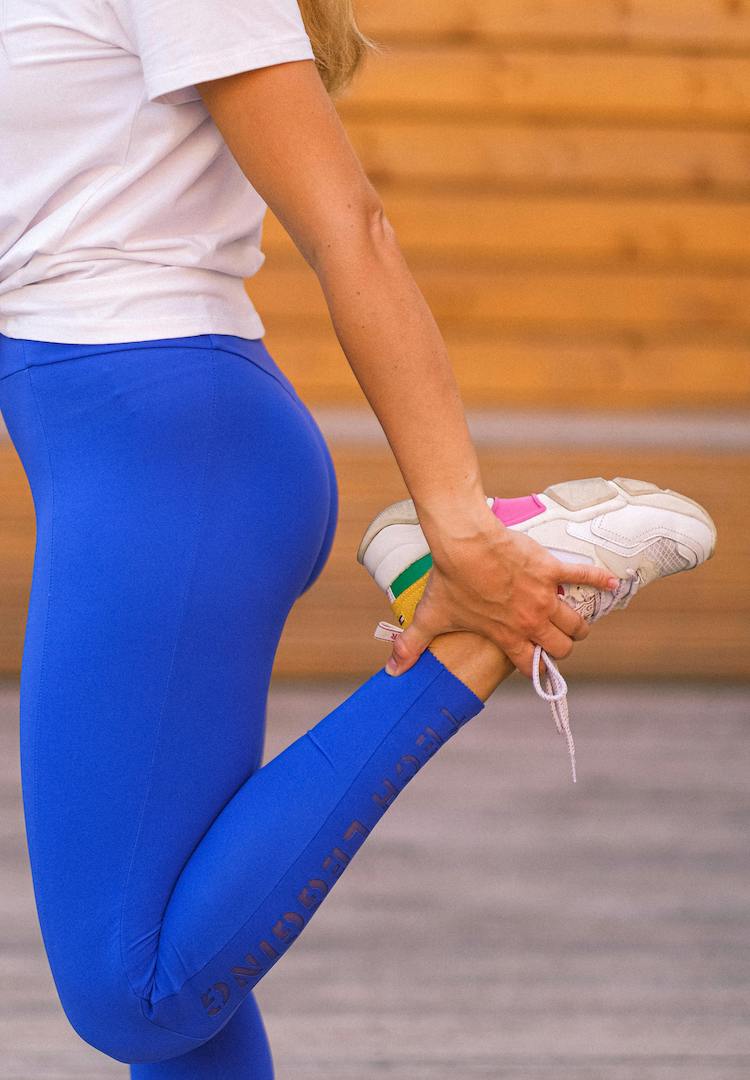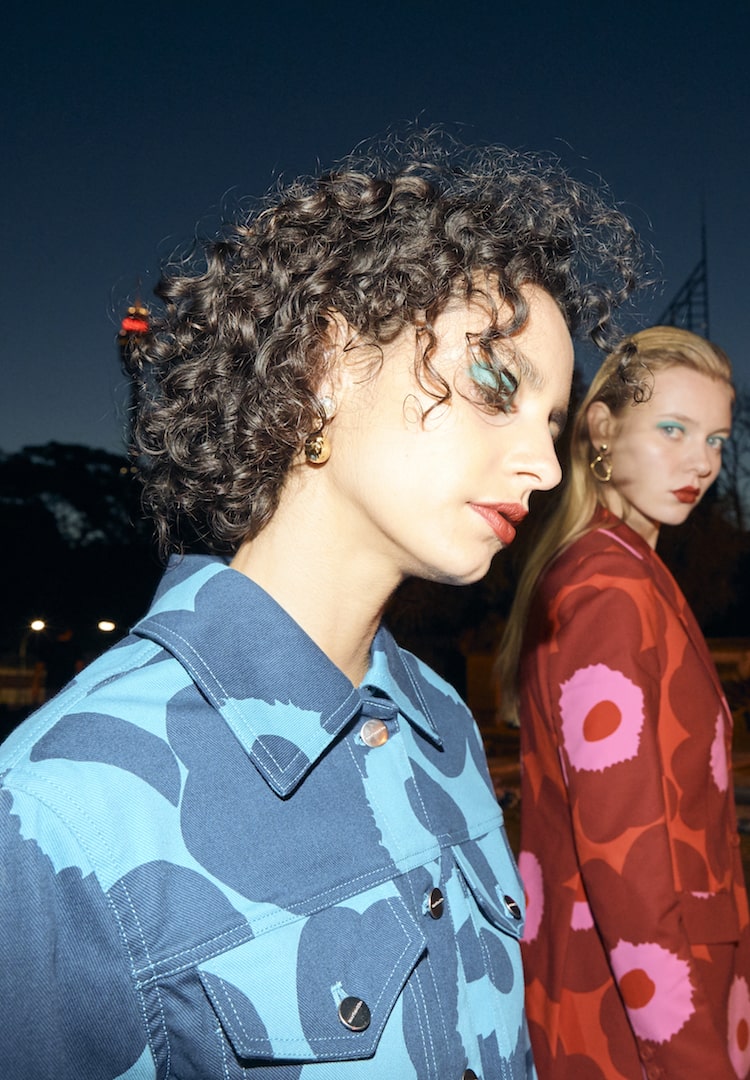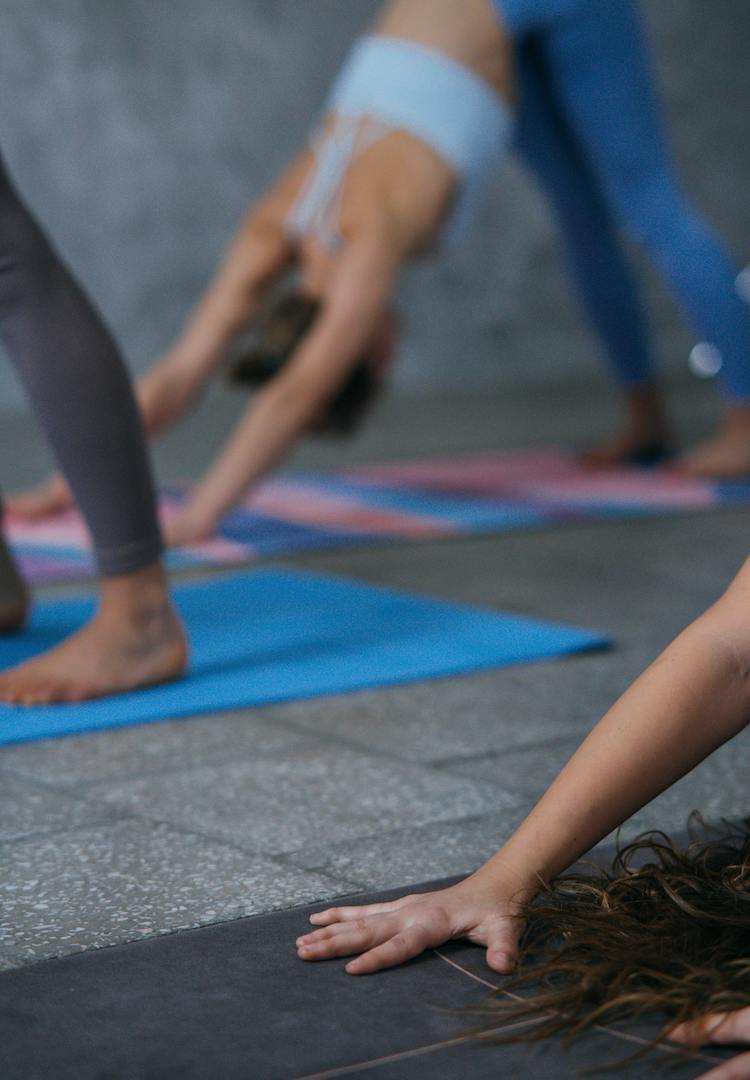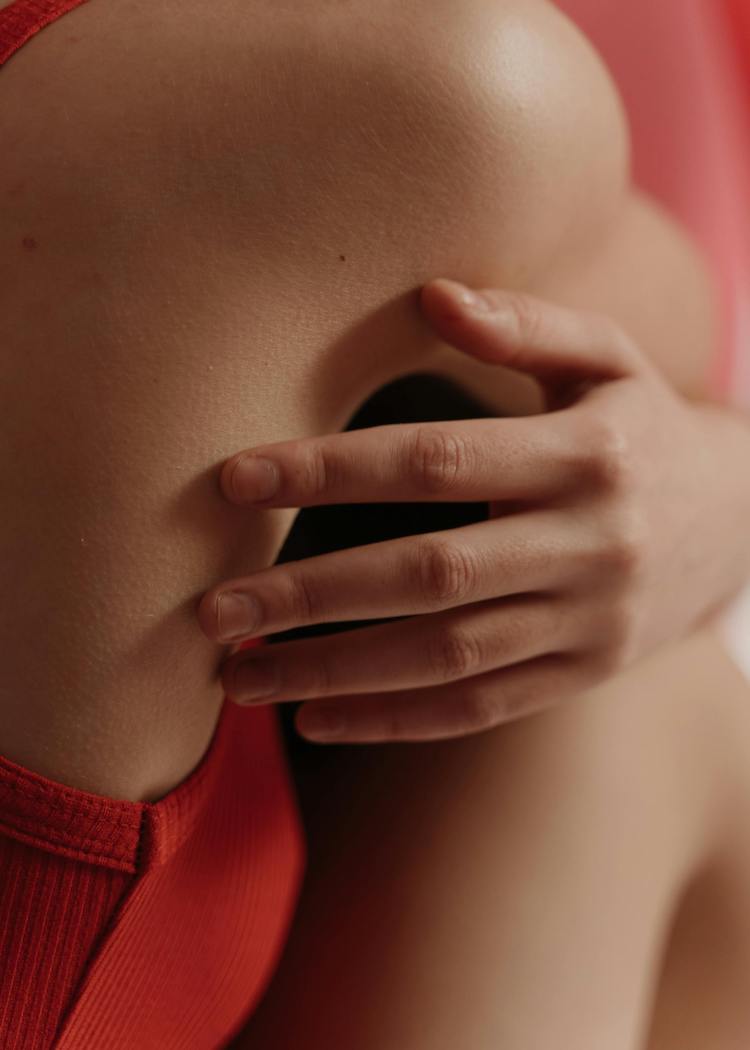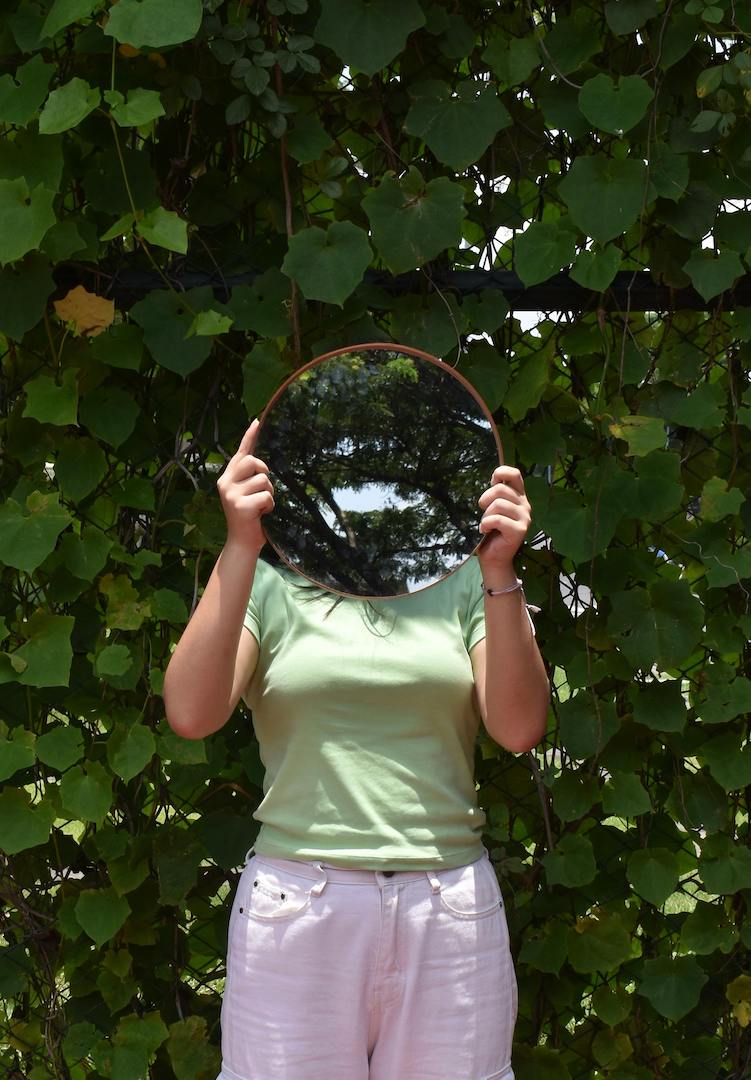An expert answers all our questions about nipple hair
IMAGE VIA @DEGOEY_PLANET/INSTAGRAM
Words by Hannah Cole
Free the nipple hair.
It’s a blessing and a curse to be inquisitive. It’s a personality trait that’s essential for writing but it also makes me incredibly annoying. I may be in my thirties, but I’ve failed to move beyond persistent, often childlike questioning: Why is the sky blue? (I still can’t comprehend it). Why does the full moon make us loco? Why do we have hairs on our boobs?
Interested to hear how others navigate the world? Head to our Life section.
Affectionately labelled boob hairs by yours truly, the often fine hairs that surround the nipple are so commonplace that they’re rarely questioned. Not on my watch. I spoke with Dr Niyati Sharma, a dermatologist at Inside Out Dermatology, to get out of the ‘assumed knowledge’ territory and into the hairiness of the unknown.
Why do we have nipple hair?
As Dr Niyati is quick to point out, it’s just one of those things. “I don’t think there’s actually a functional reason for it, as far as I’m aware,” she says. “It’s hair that you see around the areola, which is a dark part of the breast and encompasses the nipple as well.” Typically, we will notice hair there and it may also extend to the fleshy part of the breasts as well.
While there are murmurs of evolutionary purposes online – extra body hair to help regulate body temperatures or secrete pheromones, perhaps – there’s no studied reasoning or benefit. A major splat to my research. While my years of pondering may have an incredibly straightforward response (‘just because’), Dr Niyati had more interesting details to share.
How much hair is normal?
“It’s such an individual thing,” Dr Niyati tells me. Everyone has nipple hair and the amount may be impacted by considerations like ethnicity and family history. Excess growth may also signal an underlying endocrinological issue, such as PCOS (polycystic ovarian syndrome), thyroid dysfunction or hormonal tumours. But there’s no measure of what constitutes mild, moderate or severe amounts of nipple hair; so far, it’s an unsurveyed area. If in doubt, she advises a visit to the GP or dermatologist.
Our nipple hairs may change throughout our life. Around pregnancy, “everyone experiences different things”, one of which may be temporary extra hair growth that’s shed after giving birth. “With age, we tend to also create hair in areas that we don’t want, so that comes after menopause as well,” she explains. Which leads me to another question – why do we gain hair on the chin, upper lip and areola, yet lose it on our scalp?
Those random dark and wiry hairs that pop up every month or so, sprouting overnight only to be plucked in the morning shower? According to Dr Niyati, they’re meaningless anomalies that rise to haunt or entertain us occasionally.
So what’s a nipple to do?
Dr Niyati emphasises the need to normalise nipple hair. The hair removal market is undergoing rapid growth; it was valued at $806.5 million USD in 2021, and ‘areola’ laser treatments are commonplace at beauty clinics.
Whether you choose to remove nipple hair or not is an individual decision. As Dr Niyati notes, “It’s part of normal hair on our bodies. We are expected to have it, it’s not unusual.” I’m choosing to walk down the ‘embrace’ road. Next time my stray hair returns (on the right nipple), I think I might leave her there.
For more on nipple hair, head here.


